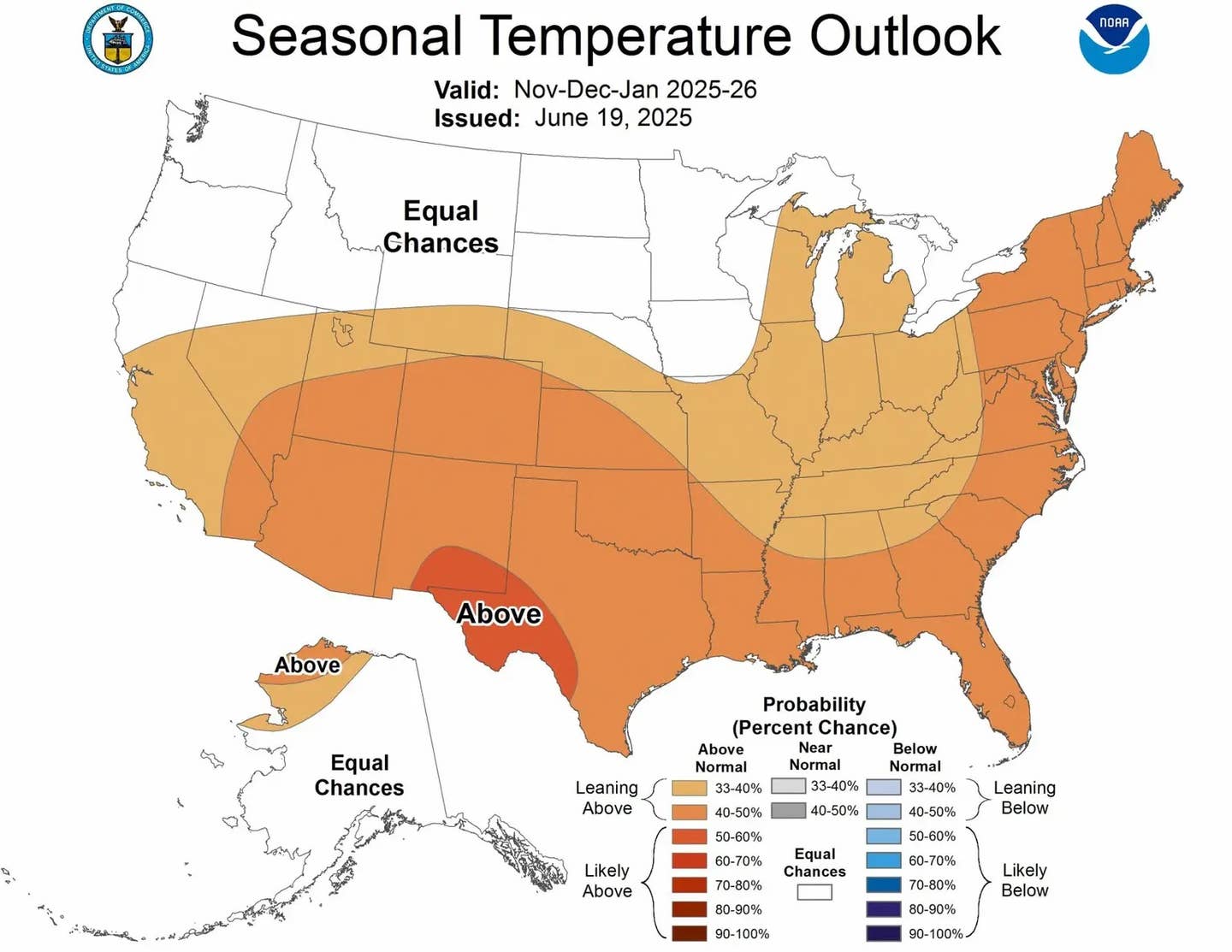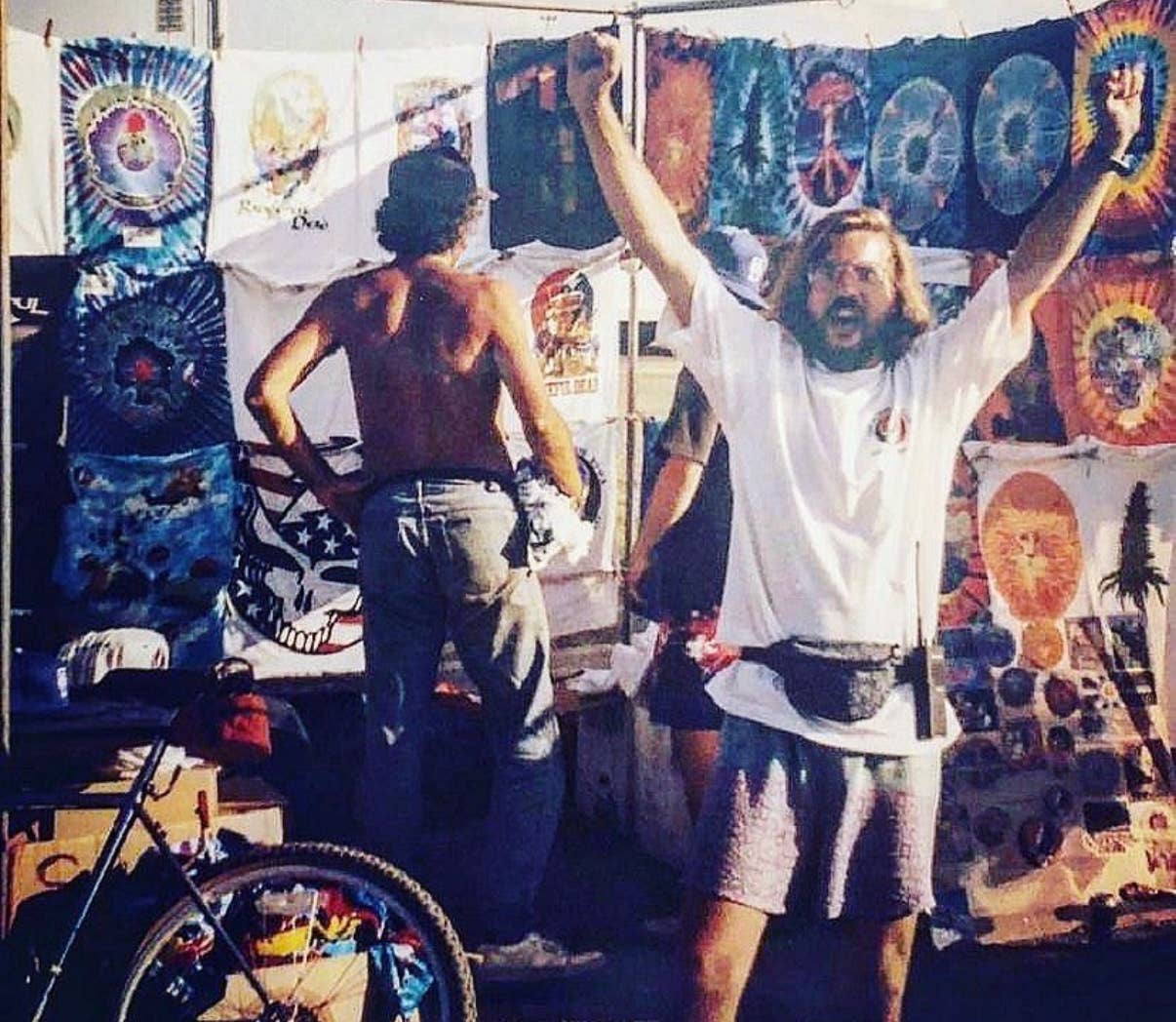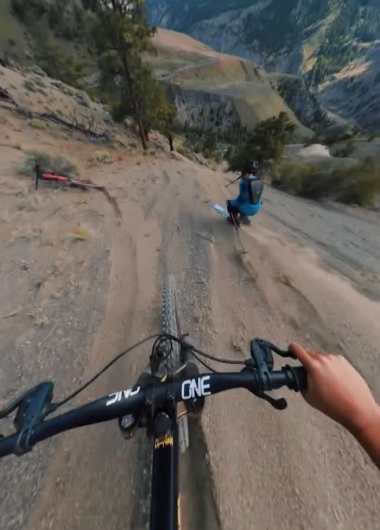Popular Stories
 To buy from a direct-to-consumer brand like YT, or dole out the cash at a dealer for something like a Norco?
To buy from a direct-to-consumer brand like YT, or dole out the cash at a dealer for something like a Norco?
Well, I’ll be frank. Mountain biking is pretty a damn expensive way to have fun on two wheels. Prices of high-end carbon dream machines have reached into the five-figure range, and the average entry-level full-suspension mountain bike still costs thousands. Simply put, it's prohibitive, but does the bike industry even care?
Quick answer: Yes.
In recent years, an entirely new business model has started making waves in the bicycle industry. Thanks to the rise of Internet shopping, brands have started selling through a direct-to-consumer (DTC) model. In a nutshell, this removes the middleman, your local bike shop, and their dealer markup in prices. The result? A better bike for less money, without the hassle. But is that really a good thing for the industry?
Seems awesome, but not everyone’s doing it.
The traditional industry sales model, based around brick-and-mortar bicycle dealers buying at wholesale price and then selling them for a profit has been around since day one. It’s a business model that has worked for years. However, now that bikes can cost more than most used cars, it threatens to make the industry too exclusive. Brands like Diamondback, Commencal, YT and now Canyon, to name just a few, are taking the matter into their own hands with their DTC business model.
The big advantage: it’s much, much cheaper. Bikes with high-end build kits can sell for a fraction of the cost they would at a dealer, often 30-40% less. This means riders wanting a new bike don't need to settle for mediocre rides or buy secondhand, and can instead buy something that they once considered out of their reach.
For the consumer, this means a better bike. For the brand? Better efficiency and more sales. However, there are a few reasons bike shops are still the heart of the bike industry and will be there to stay. DTC sales have some inherent flaws and let's be real, it’s always good to be able to walk into a store and shoot the shit with your local bearded, tattooed and most of all, knowledgeable bike mechanic.
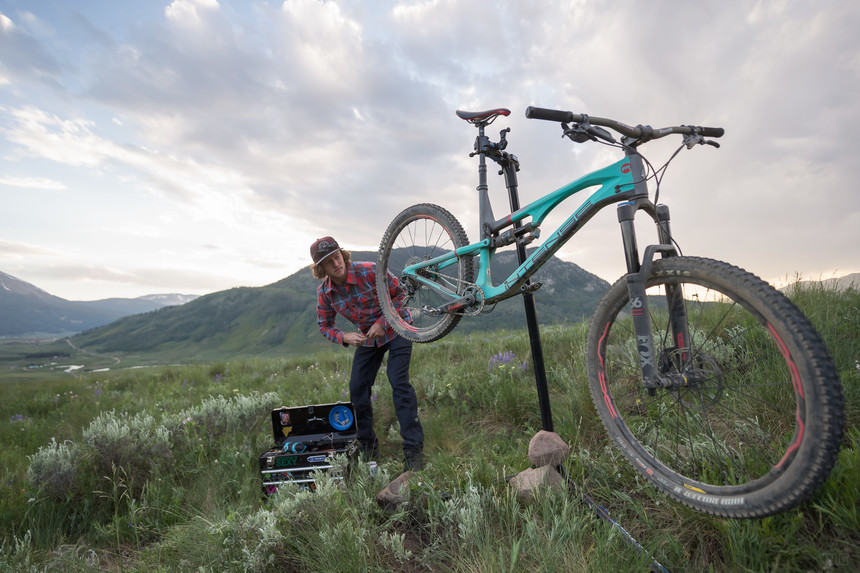 There's a reason why bike shops charge a pretty penny for assembling a bike. And no, its not because of the epic backdrop. Pro mechanic and TGR tester Branham Snyder putting the finishing touches on our Intense Recluse. Nic Alegre photo.
There's a reason why bike shops charge a pretty penny for assembling a bike. And no, its not because of the epic backdrop. Pro mechanic and TGR tester Branham Snyder putting the finishing touches on our Intense Recluse. Nic Alegre photo.
The Service Issue
When online e-commerce first came to be sometime in the mid-2000’s, the bike industry was surprisingly slow to embrace this model. This was largely due to the immense logistical costs involved with shipping bikes to residential addresses all over the world. At that point, brands had spent years setting up their dealer distribution networks and were slow to let them go.
A second reason came into play: unlike most other products, a bike still needs a good amount of final assembly by a trained professional before it can hit the trail. Why sell a beautiful and exhaustively engineered mountain bike to someone who won’t be able to ride it because they assembled it wrong?
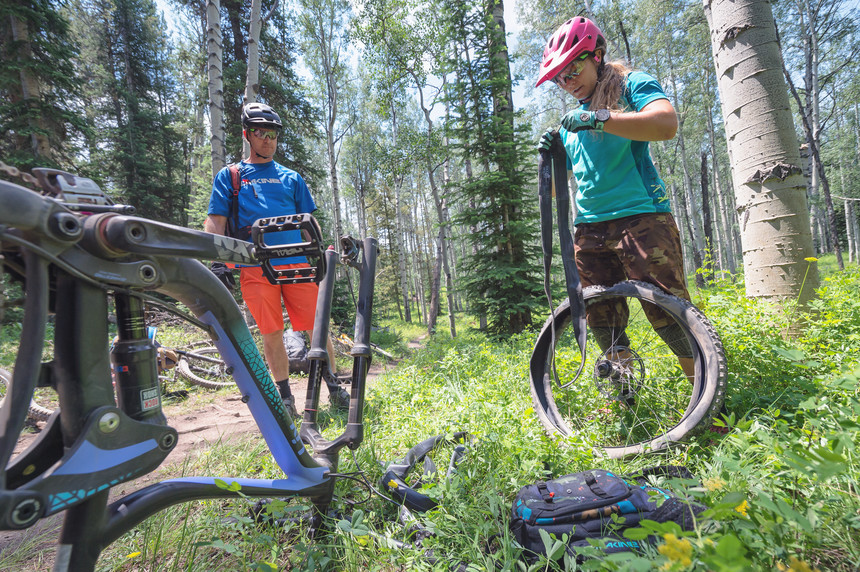 A poorly assembled bike can lead to a whole lot of this out on the trail. Nic Alegre photo.
A poorly assembled bike can lead to a whole lot of this out on the trail. Nic Alegre photo.
In the normal dealer sales model, your local bike shop would jump in with a professional bike mechanic to assemble and fine-tune your new dream machine. Addressing this final step was arguably the biggest growing pain with DTC sales. A bike is not just something you take out of a box and start riding; there’s a fair amount of detailed work to be done before that can happen.
I’d call that a pretty big disadvantage. But smart bike shops capitalized on exactly that, realizing there was still money to be made in assembling these bikes and servicing them throughout their lifetime. This turned into a win-win for the consumer, as it gave bike shops an opportunity to access more customers through robust repair shops, and gave brands the assurance that their bikes would end up rideable.
I talked to Lester Binegar of Boulder’s University Bicycles about this symbiotic relationship and his thoughts were clear:
Join Our Newsletter
“My feeling with direct-to-consumer bikes is bring it on. It's the way more people are shopping and I want to see the world full of bikes. The competition will force retailers to run better businesses. I know that buying a bike is very difficult to do with out seeing, testing, or being sized. I know the way we build and service bikes are incomparable to what comes to a customer from the net. I know that if customers like our shop, our products and our level of service, we will win them over. This season has been a record year for bike sales at our shop despite this new competitor, so we must be doing something right.”
Branding
Now that the assembly issue finally seems to have become somewhat of a moot point, what other advantages besides low cost do DTC sales offer?
For years, I worked in a shop in the bike-crazy city of Boulder with a bathroom plastered floor to ceiling in old Schwinn catalogs. They advertised the latest and greatest Schwinn cruiser bikes (this was the 1950’s after all, and man did they look cool). In between the lovely pictures were all the sales tips a dealer could ever need to sell dozens of bikes a day and help build the carefully crafted Schwinn brand.
I always found it ironic that a bike company that seemingly cared so much about crafting its image and branding left the final say in the hands of dealer employees. The shop I worked for did exactly that; as one of the biggest retailers of several huge bike brands, we played a pretty significant role in conveying the brand image for more than the manufacturer. I like to think we did a great job, but is leaving the final say in brand image to the 16-year-old who sweeps the shop really the best way? If a company can take branding entirely into their own hands, it seems like a much better option.
Fast-forward to the mid-2000’s and the rise of the Internet. Every industry was offered a new and unique way to sell its goods and given the opportunity to control branding from the source all the way to the consumer.
Branding is now more than ever a part of the bike industry. Companies themselves are taking full control of it, creating compelling brand images and pushing the lifestyle aspects of their brands to new heights. A DTC model allows even more control over this, as a necessary virtual storefront can be crafted into a veritable media machine. Look at what Commencal has done with their steady flow of epic video content highlighting their newest bikes. Canyon’s and YT’s bikes are seen under some of the world’s best enduro, DH, and road racers, and associated with other epic content, and they are becoming household names like Giant, Specialized, or Trek largely because the general public sees that their bikes win races at the highest level and can stand up to comical levels of abuse. Marketing and advertising can come about much more organically in this sort of closed-loop system, without the need for the sales pitch or forced-ness that is often associated with buying a bike at a bike shop.
 With prices from consumer-direct brands really forcing dealers to up their game, it might be the best thing for the bike industry today. Nic Alegre photo.
With prices from consumer-direct brands really forcing dealers to up their game, it might be the best thing for the bike industry today. Nic Alegre photo.
It’s Here To Stay, and That’s a Good Thing
At this point, it's safe to say that direct-to-consumer sales are here to stay. In a $6 Billion industry, these brands now occupy an ever-growing portion of the market. For consumers, this is good for two reasons. High-end bikes are finally becoming cheaper. Secondly, it is forcing bike shops to adapt to this new trend, become creative with their offerings and improve their own processes to better serve you, the customer. Yes, there might be some losers in the short run, but we can see it as a survival of the fittest, where only the best shops will survive. It’s the best thing for the industry. It’s a win-win.


